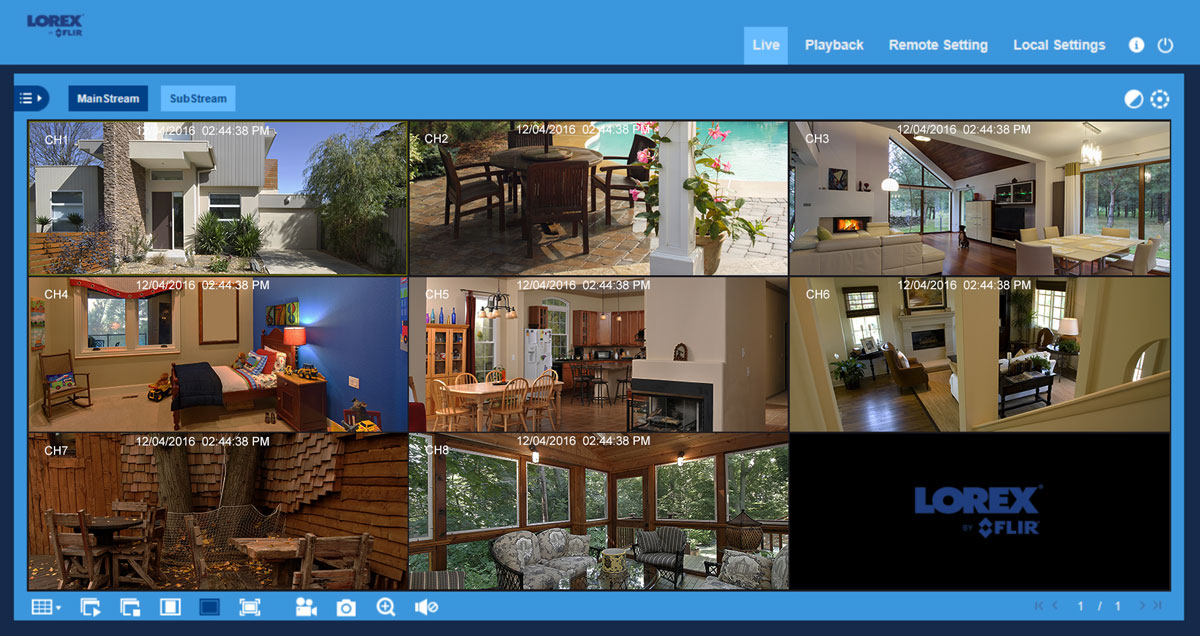

#Easyfind vs easyfind2 mac os x#
If you download it directly, you can get a version which will work on Mac OS X 10.5 or higher (PowerPC or Intel), which is good news for folks running older versions of Mac OS X. You can download EasyFind from the Mac App Store or directly from DEVONtechnologies. (Aside: I had even disabled Spotlight for awhile on my Mac, but there are many things which just don't work properly if Spotlight is completely disabled, so I ended up turning it back on and just ignoring it. There are so many random things in the app that I just don’t have lying around in my home.

The ‘search’ feature makes it quick and easy to pull up flashcard props to show my students while teaching. In fact, I've reassigned my Spotlight Keyboard Shortcut to launch EasyFind instead. EasyFind Flashcards has greatly enhanced my ESL lessons. I keep Spotlight around for those times when I need it, but in actual practice I rarely even do.
#Easyfind vs easyfind2 plus#
That means that it won't be as fast as Spotlight, but on my MacBook Air it is still very quick (the speed will be determined by the number of files you are searching plus the speed of the disk). If you want to change the order of those columns, or if you want to sort your results by any of those columns, you can do that too.ĮasyFind can search for the content of files, but it is not using Spotlight's database, it is actually running the search when you enter it. If you don't want any of those columns, you can turn them off. Of course you get the filename (and you can expand that column to make it wider, I just made it narrow in the screenshot above), but you also get the creation date, the modification date, the size, the kind and location.

That's far more control and options than what Spotlight gives you (or at least what Spotlight gives you without resorting to byzantine keywords), but what I really love is what you get in the results of your search. Spotlight only lets you choose "current folder" or "everything" which is almost never what I want. 99% of my searches are for things I know are "somewhere" in my Home, or "somewhere" in my Dropbox. You can also set the scope of the search to be a specific volume/disk, or a specific folder such as your Home folder. You can also specify whether or not the search should be case sensitive, whether it should look in package contents, or include invisible files and folders. Next choose to search for All Words, Any Word, a Phrase, or Unix-Wildcards. Not now Turn on Turned on Turn onĭown the left-hand side of the window are criteria for searching: Files and Folders, Only Files, Only Folders, or File Contents. You can disable notifications at any time in your settings menu.


 0 kommentar(er)
0 kommentar(er)
